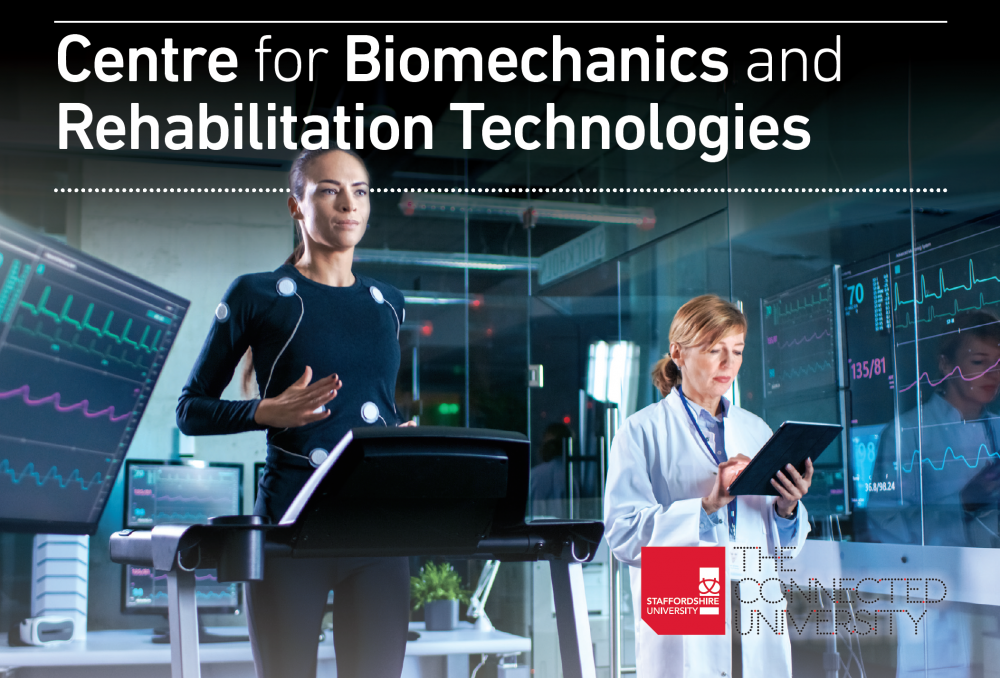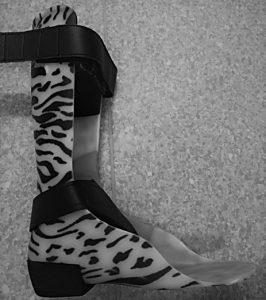This year, Children’s Wisconsin and their academic partners, The Medical College of Wisconsin, were the hosts for the 2021 International Research Society for Spinal Disorders conference.
The Society was founded in 1992 with the tenet to integrate basic science with clinical care to benefit patients from across around the world. IRSSD conferences provide interaction between clinicians and researchers with interests in spinal biomechanics, imaging and measurement, genetics aetiopathogenesis, growth and metabolism, innovations in conservative and surgical therapies, and quality of life and functional outcomes, to mention just some of the areas of activity.
The pandemic de-railed the physical conference with just short of 200 attendees spent a fascinating, insightful, and very well run virtual event in late January. Professor Nachi Chockalingam, Dr Rob Needham, and Professor Tom Shannon presented work and opinion within a symposium entitled Gait and Posture Analysis in Scoliosis-Implications for Clinical Practice, with Dr Ram Haddas from the Texas Back Institute. After the presentations, Nachi hosted a very lively and interesting questions session.
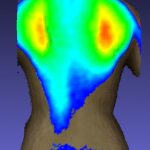
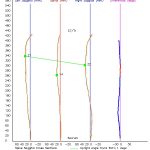
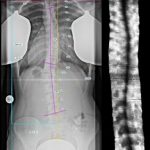
Nachi, Tom and Nikola Jevtić from the Scolio Centar, Novi Sad, Serbia presented our work in Cosmetic changes in patients following a Schroth Exercise Regime: a two year follow-up. 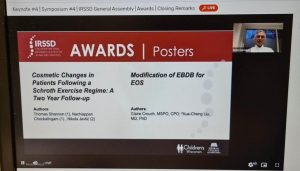 The primary objective of our longitudinal study has been to investigate the relationship between scoliosis spinal deformity measures, clinic reports, images, curve classifications, and back shape data with the goal to develop, test and validate some new cosmetic deformity metrics. Our work is starting to show encouraging results, and we were hugely honoured to be awarded one of the two poster prizes.
The primary objective of our longitudinal study has been to investigate the relationship between scoliosis spinal deformity measures, clinic reports, images, curve classifications, and back shape data with the goal to develop, test and validate some new cosmetic deformity metrics. Our work is starting to show encouraging results, and we were hugely honoured to be awarded one of the two poster prizes.
This exciting work continues in Serbia and Bulgaria with donated equipment now also installed in Banja Luka, Bosnia and Herzegovina 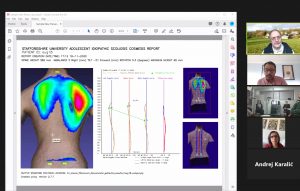 to expand the research efforts in that country as well.
to expand the research efforts in that country as well.

